How to get the perfect TV picture setting for everything you watch
A better picture could be just a few clicks away—here's what you need to know
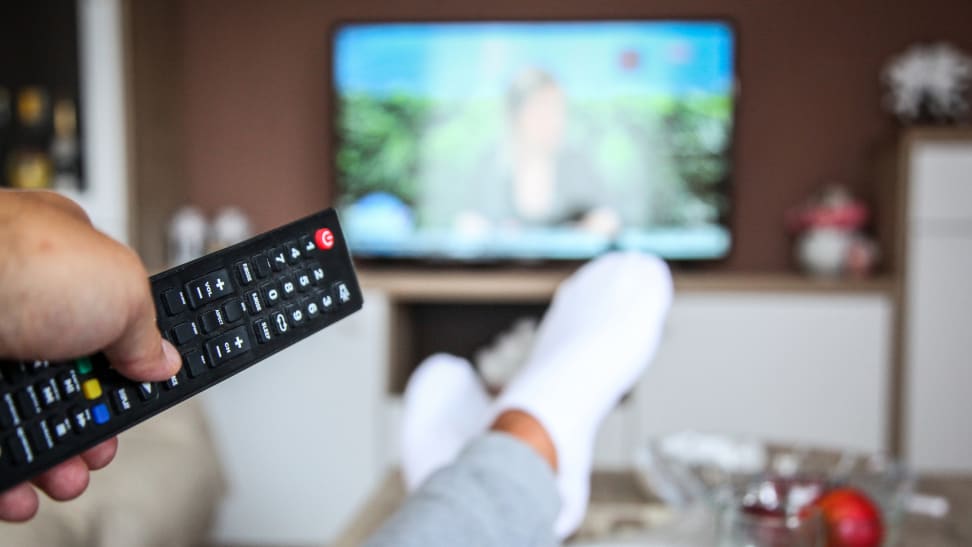 Credit:
Credit:
Products are chosen independently by our editors. Purchases made through our links may earn us a commission.
After years of helping people get the most out of their TVs, there's one mistake I've noticed most people making: They set their TV up, get cable or streaming working, and then never touch the settings menu again.
While this isn't the wrong thing to do, I'd call it a mistake. After all, you wouldn't wear a winter coat to the beach, or wear flip-flops on a hike, so why are you watching movies, TV, and sports—not to mention playing video games—all with the same TV settings? Here's how to nudge your TV into better echelons of performance depending on what you're watching.
What are the best settings for watching movies?
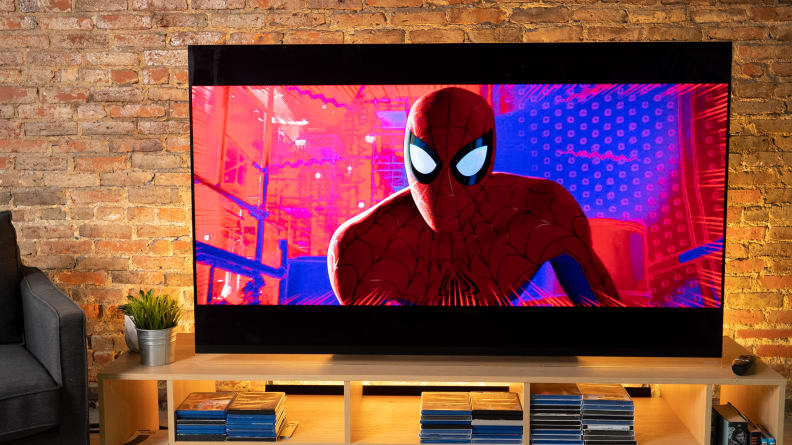
Setting up your TV for optimal movie playback is one of the easier steps you can take in optimizing it for a specific content.
A bunch of us still consider seeing a movie at the movie theater to be the pinnacle of the movie-watching experience. The huge screen, array of surround speakers, and seemingly endless popcorn have become the international ideal for movie viewing. But there's something else about theaters that make the experience really special: They're as dark as possible.
When most people settle in for movie night, they dim or turn off the lights in their living room or dedicated viewing space, just like at the movies. But another thing you should be doing is setting your TV to "Movie" mode.
To do this, open your TV's main menu settings, and go to the Picture controls. From here, you'll be able to select a Picture "mode," which applies a bunch of pre-sets to your TV's picture quality. Most TVs have a similar array of picture modes, such as Dynamic, Vivid, Standard, Movie, Cinema, and so on.
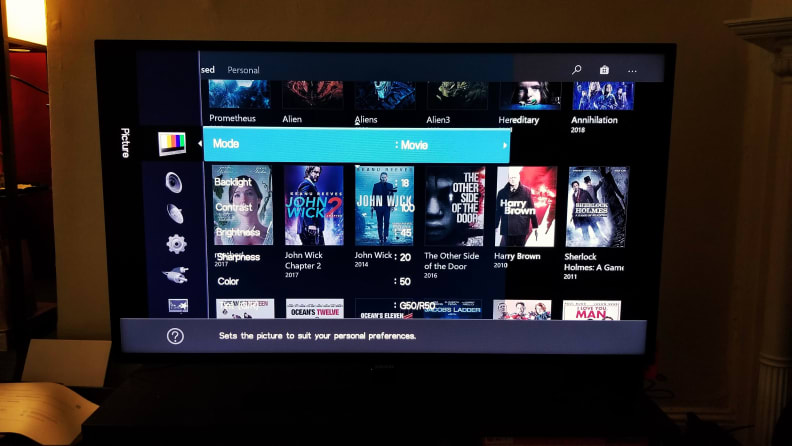
"Movie" (or "Cinema") mode, found in your TV's picture settings, will automatically set it up to look best playing movie content.
Most Samsung, Vizio, and LG TVs use Movie mode, while Sony TVs sometimes offer Cinema Pro, Cinema Home, or Cinema picture settings. If you've got an off-brand TV, there's a chance it won't have a Movie picture mode (or have picture modes at all), but 95% of TVs will have a Movie or Cinema mode you can select.
If you've been watching a different mode (which is what most TVs default to right out of the box), you might find Movie mode looks a little dim, reddish, or even yellow at first. This is because the international standard for cinema-quality white balance is "warmer" (or redder) than the average laptop, smartphone, or PC monitor screen, and when your TV is in Standard or Vivid modes, it's actually much "cooler" than it should be.
Even if you don't like how Movie mode looks at first, it's the best choice for dim/dark movie lighting and your eyes will get used to it after a night or two. The backlight is lower, which reduces eye strain and boosts the perceptual darkness of shadowy areas.
It also tends to set the TV up for proper playback of 24fps, the frames per second in which most films are shot. It usually turns off settings that oversaturate color, making movies and films look more accurate to the colorists' intentions, and reduces or outright removes motion smoothing settings that introduce the "soap opera effect."
Some newer TVs feature two Movie modes with slightly different picture settings. Typically, these picture modes are labeled with some variation of the words Bright Room, Dark Room, or Home. The LG C1, for instance, features both Cinema and Cinema Home, the latter deploying a brighter picture for relatively bright living spaces. If your TV offers both bright and dark room picture settings, use the one that best suits your viewing situation. In many cases, the added brightness.
Of course, if you find your TV's Movie preset in need of a personal touch, you can always make finer adjustments to the picture mode by way of your TV's advanced picture settings. Adjusting the Backlight setting, for instance, will change the TV's overall luminance while maintaining the picture mode's calibration settings for color, motion, sharpness, etc. Adjusting the Contrast setting affects the brighter portions of a picture—with the contrast set too high, you might lose detail in bright reflections or white backdrops. A TV's Brightness slider, on the other hand, controls the darker areas of the picture. If Brightness is set too low, you'll lose shadow detail.
The important thing is to play around with these settings to see what works for you. When in doubt, stick with the manufacturer's default settings for the TV's Movie mode.
What are the best settings for watching cable or streaming content?
If you're streaming movies on Netflix, Disney+, or any other streaming platform, the same strategy applies: use one of the available Movie or Cinema modes. However, if you're watching TV programming like daytime soaps, news, weather, or even nature documentaries, you're probably more likely to be watching during the day—or at least with more lights on or windows open to sunlight.
In this case, you can certainly use Movie mode still, as it will still be the most accurate and least messed-with picture mode on your TV. That said, it might not be as bright or as colorful as you want. You can either find the Backlight setting in your TV's picture and nudge it up to taste, or, perhaps easier, just switch back to Standard, Dynamic, or Vivid mode.
While picture purists tend to bristle at Vivid-style picture modes, their high contrast, pumped-up colors, and often over-sharpened presentation do a lot better at making a TV look good in a brighter environment with more competing ambient light. If you're going to use these modes, it makes sense to know when and how to employ them.
What are the best settings for watching sports?
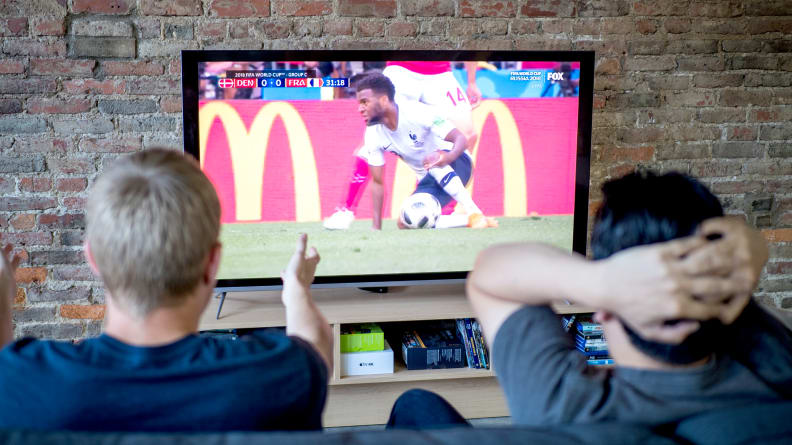
The most important thing to think about when setting up your TV for sports is Motion.
Even if you don't have cable, there are still plenty of ways to watch sports content, including streaming services like Hulu+ Live TV or YouTube TV, as well as HD Antennas for local broadcasts. No matter which sport you're watching and how you're watching it, however, the most important thing to get "right" in your picture settings is motion—or how fast-moving content looks on the screen.
All current TVs are locked to a certain refresh rate, which describes how many times per second they scan for new information. Most high-end TVs are 120Hz, while most middle and lower-end TVs are 60Hz. Essentially, 120Hz TVs scan 120 frames per second for new information, while 60Hz TVs scan 60 times per second.
Generally, 120Hz TVs are better for sports and fast-moving content overall. While 60Hz is generally fine for things like movies and regular TV or streaming programming, it won't look quite as good as 120Hz TVs due to the way content in 24 frames per second is rendered (essentially, 60Hz is not divisible by 24, so there are some tricks involved). You can learn more about the differences between 120Hz and 60Hz in our refresh-rate guide.
Most TVs are 60Hz, and you're likely not going to run out and upgrade to a potentially very pricy 120Hz TV just for smoother sports. But regardless of your TV's refresh rate, it probably has motion settings you can tweak in the picture settings menu. Here's where you'll have to do some tinkering and testing on your own, preferably while watching your preferred brand of sports.
One easy thing to do is just set the TV to Standard mode. While Vivid tends to use the maximum amount of motion smoothing and Movie tends to turn it all off, Standard usually strikes a middle-ground, making it generally acceptable for sports. However, after changing the picture mode, you should be able to dig into more picture menus (usually called Picture Options, Advanced Picture, or something similar) and adjust motion settings there.
The way to do this is to set a motion mode or setting, watch content for a few minutes, and swap to another, moving through until you find the one that looks the most natural and smooth. This will be different for just about every TV, but if you go back and forth like it's an eye exam, you're bound to find something you like eventually, even if that means shutting off motion effects altogether.
What are the best settings for video games?
Last but certainly not least, how should you set your TV up for video games? This one is actually pretty simple. Almost every modern TV has a setting for games. Sometimes it's a separate picture mode and sometimes it's a toggle-able option that overrides whatever picture mode you're already in. Newer TVs that offer features like Variable Refresh Rate and Auto Low Latency Mode (ALLM) automatically optimize an input's picture settings whenever a gaming console is detected.
With most Game mode picture settings, you're basically reducing (as much as possible) any extraneous picture or video processing the TV is doing: things like sharpness, color boosting, and motion assistance, or motion smoothing. The idea is to simplify the TV's picture as much as possible to reduce input lag.
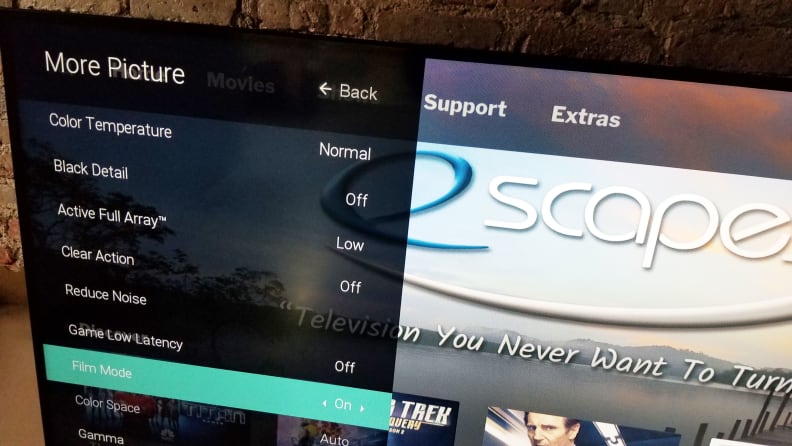
Sometimes "Game Mode" is a specific picture mode in your TV's menu, but sometimes it's a separate toggle found elsewhere.
If your version of a game mode is a separate toggle and you can still adjust picture mode, we also recommend turning the TV to Movie mode with Game mode active. Since Movie mode turns off a bunch of extraneous stuff anyway, it's the best pairing for whatever Game mode is doing in the background if zippier response from games is your goal.
If you own a next-generation gaming console and want to dig a little deeper, we put together a complete guide on how to optimize your TV for Xbox Series X and PlayStation 5.
What about HDR?
High Dynamic Range (HDR) is a new content format designed to deepen the picture by showcasing bright highlights and richer color. You can find HDR-supported content on streaming platforms, and many of the newest video game and Blu-ray releases are mastered for the format.
If your TV supports HDR, its list of available picture settings will automatically change whenever the TV is receiving an HDR signal—be it a streaming movie, Blu-ray, or otherwise. Most of the time, these picture settings will resemble the non-HDR picture settings: Movie, Standard, etc. If you're watching a movie in HDR, for instance, we recommend using the TV's Movie-specific HDR mode. For gaming, use the HDR version of your TV's Game mode.
If your TV supports Dolby Vision (a "premium" version of HDR found on select TVs), you'll find that most content certified for Dolby Vision automatically begins playing in a Dolby Vision-labeled picture setting, which in many cases, restricts users from easily adjusting finer picture settings to their personal taste. Dolby Vision allows creators and distributors to deliver their content in a highly specified manner, the way it was meant to be seen by audiences. Depending on your Dolby Vision-supported TV, it might be easy to switch the picture out of its Dolby Vision preset, but we recommend keeping your TV locked into Dolby Vision when available.
So I have to change my TV every time I watch something different?
It might sound like a pain to set your TV for all these different kinds of content, but fortunately, you don't exactly have to do that. Most TVs these days have three or four HDMI inputs, and in most cases, each HDMI input can remember different settings.
This means if your PlayStation 5 is plugged into one, you can set that one up for "Game" mode, while your might set up your Roku or Apple TV for ideal movie watching or TV viewing. If you have a cable box plugged in, you might set it up for sports (though this may be a problem when you're watching films and TV shows) or Movie mode.
While you might still have to do some tinkering now and then, it's something that really only takes a few seconds, but can really impact the quality of the content you're watching. At the very least, getting more familiar with your TV's various modes and menus can help you nail a nice "general" setting that's about right for most of the content you watch.



